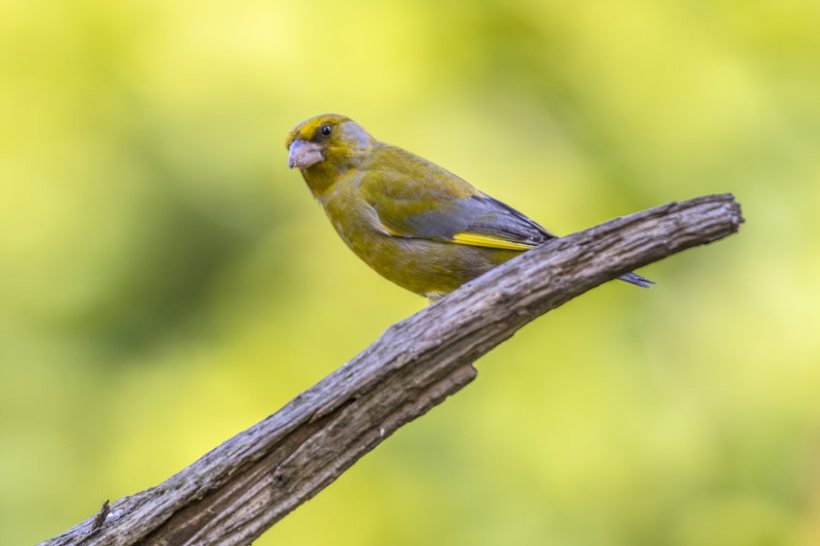
More farmland bird species have been added to the RSPB's 'red list' as the charity warns the state of UK bird populations continue to decline.
The latest review of the red list, published on Wednesday, shows that the UK’s bird species are increasingly at risk, with the list growing from 67 to 70.
Eleven species have been red-listed for the first time in 2021, six due to worsening declines in breeding populations, including Greenfinch, Swift, House Martin, Ptarmigan, Purple Sandpiper and Montagu’s Harrier.
Four have been added due to worsening declines in non-breeding wintering populations - Bewick’s Swan, Goldeneye, Smew and Dunlin.
Previous reviews by the RSPB have highlighted the plight of farmland, woodland and upland birds.
The latest update shows there has been no improvement in the overall status of species associated with farmland and upland; indeed, more species have been red-listed.
Responding to the news, the Countryside Restoration Trust (CRT) called for greater support for wildlife-friendly farming practices to help boost numbers.
At the CRT’s Lark Rise Farm in Cambridgeshire, it has recorded a four-fold increase in grey partridges over the past 20 years, and a return of lapwings to its fields.
Danielle Dewe, chief executive of the CRT, said changing the way Britain farms would help reduce the number of bird species on the red list.
"Actions like increasing the farm’s network of hedgerows, planting grass margins around the edges of fields and retaining over-wintered stubble, all help to encourage declining birds back onto the farm.
"Taking positive steps like this across the country will help reverse the decline in our bird populations on a national scale," she said.
It comes as farmers, gamekeepers and land managers are being urged to get involved in the GWCT Big Farmland Bird Count from 4 – 20 February 2022.
This year saw the number of counts submitted leap from 1,500 to 2,500, with participants counting across 2.5 million acres UK-wide, up from 1.4m acres in 2020.
Organisers hope that even more people will get involved in 2022. Dr Roger Draycott, organiser of the count, said: “2021’s GWCT Big Farmland Bird Count was record-breaking.
"We are challenging the UK’s land managers to beat their own record and make 2022’s count bigger than ever.”
